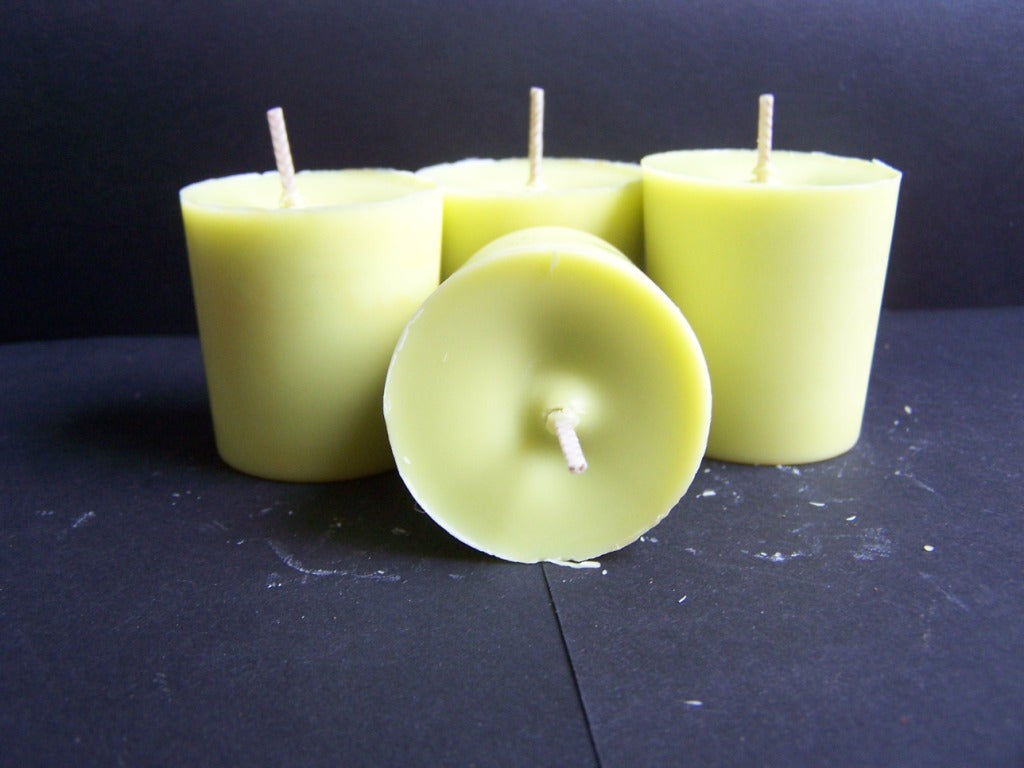Instill Your Home with the Fragrance of Crystal Soy Candles and Home Fragrance
Instill Your Home with the Fragrance of Crystal Soy Candles and Home Fragrance
Blog Article
From Wick to Wax: Understanding the Chemistry Behind Soy Wax Candles and Their Environmental Impact
As we brighten our spaces with the cozy glow of candles, there exists a realm of complex chemistry behind the seemingly easy act of lighting a soy wax candle. The choice between soy and paraffin wax extends beyond mere aesthetic appeals, delving into the world of ecological influence and the extremely make-up of the materials. Recognizing the molecular framework of soy wax and its combustion procedure drops light on the exhausts released into our surroundings. Join us as we unravel the clinical intricacies behind soy wax candle lights and explore their ramifications on our setting.
Soy Wax Vs. Paraffin Wax
When comparing soy wax and paraffin wax for candle light making, it is essential to understand the distinct attributes and benefits of each product. Soy wax is a natural, eco-friendly source stemmed from soybean oil, making it naturally degradable and green - soy candles. On the other hand, paraffin wax is a byproduct of petroleum refining, which raises issues about its ecological influence and sustainability
Soy wax candle lights melt cleaner and emit less residue contrasted to paraffin wax candles, making them a much healthier selection for interior air top quality. Furthermore, soy wax has a lower melting factor, permitting a longer-lasting candle light that distributes scent a lot more effectively. Paraffin wax, on the various other hand, often tends to melt faster and less easily, potentially releasing hazardous chemicals into the air.
From a sustainability viewpoint, soy wax is favored for its biodegradability and renewable sourcing, lining up with the expanding consumer choice for eco conscious items. While paraffin wax has actually been a typical choice in candle making as a result of its cost and simplicity of use, the change in the direction of environment-friendly options like soy wax is obtaining energy in the sector.
Chemical Composition of Soy Wax

Combustion Process in Soy Candles
The chemical structure of soy wax directly affects the combustion process in soy candle lights, influencing factors such as burn time, scent launch, and ecological effect. When a soy candle light is lit, the heat from the fire melts the wax near the wick. This fluid wax is then attracted up the wick because of capillary activity. As the liquid wax gets to the flame, it evaporates and goes through burning. The combustion process entails the vaporized hydrocarbons in the wax reacting with oxygen in the air to generate warm, light, water vapor, and co2.
The combustion performance of soy candle lights is affected by the purity of the soy wax and the top quality of the wick. Furthermore, soy wax candles have a lower ecological influence contrasted to paraffin candle lights due to their naturally degradable and renewable nature.

Environmental Advantages of Soy Wax

Considered a sustainable alternative to standard paraffin wax, soy wax uses noteworthy environmental benefits that make it a popular selection among eco-conscious customers. One considerable benefit of soy wax is its renewable sourcing. Soy wax is stemmed from soybean oil, which is mainly grown in the United States. The cultivation of soybeans aids sustain local farmers and decreases the reliance on non-renewable nonrenewable fuel sources used in paraffin wax production. In addition, soy wax is biodegradable, meaning it damages down naturally without releasing damaging toxic substances right into the setting. This characteristic makes soy wax candles a more environmentally friendly alternative compared to paraffin wax candle lights, which are made from petroleum, a article source non-renewable source. Soy wax burns cleaner and produces less residue than paraffin wax, adding to much better indoor air high quality and minimizing the need for cleansing and upkeep. On the whole, the environmental advantages of soy wax straighten with the growing demand for environmentally friendly and lasting items in the market.
Recycling and Disposal Considerations
Reusing and proper disposal of soy wax candles play an essential function in preserving environmental sustainability and decreasing waste in communities and families. When it comes to reusing soy wax candles, the very first step is to guarantee that the candle has actually melted entirely.

In regards to disposal, if recycling is not an option, soy wax candles are biodegradable and can be securely disposed of in most home waste systems. Nonetheless, it is constantly advised to check with regional recycling facilities or waste management services for certain guidelines on candle light disposal to ensure proper handling and environmental security.
Conclusion
In verdict, the chemistry behind soy basics wax candle lights exposes their ecological advantages over paraffin wax candles. Soy wax, derived from soybean oil, burns cleaner and generates much less soot when contrasted to paraffin wax.
When comparing soy wax and paraffin wax for candle light production, it is essential to comprehend the distinctive characteristics and advantages of each material (home fragrance).Soy wax candle lights burn cleaner and give off less residue contrasted to paraffin wax candles, making them a healthier selection for indoor air top quality.Taken into consideration a lasting choice to typical paraffin wax, soy wax supplies notable ecological advantages that make it a popular choice among eco-conscious customers. Soy wax burns cleaner and produces less residue than paraffin wax, contributing to better indoor air quality and lowering the demand for cleaning and maintenance.In verdict, the chemistry other behind soy wax candle lights discloses their ecological advantages over paraffin wax candles
Report this page